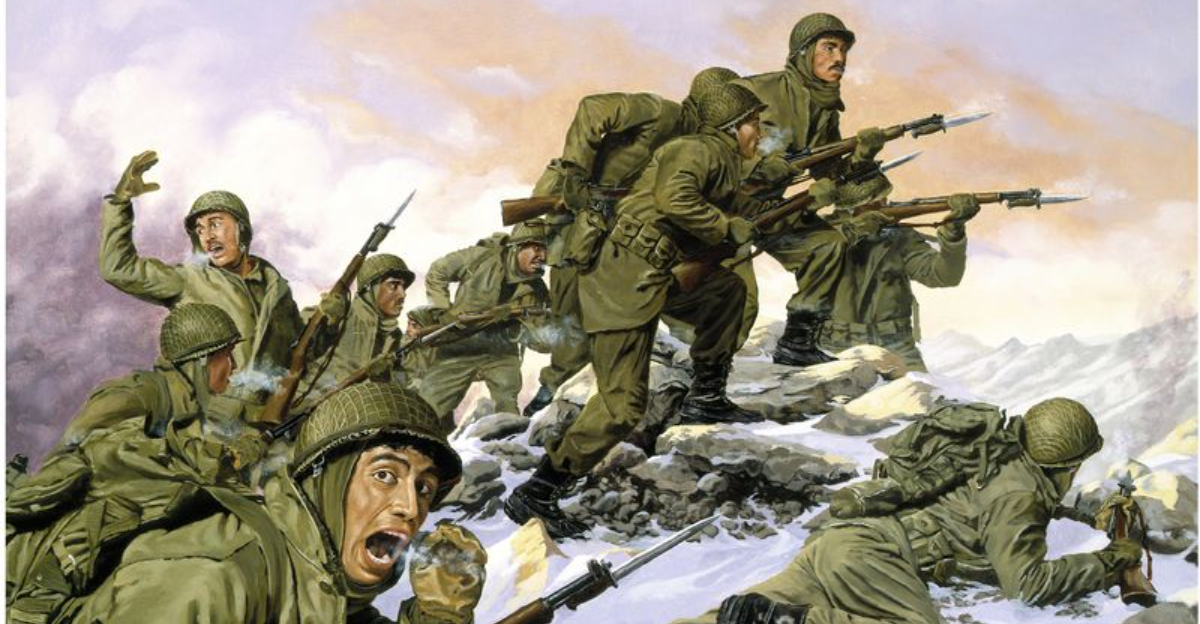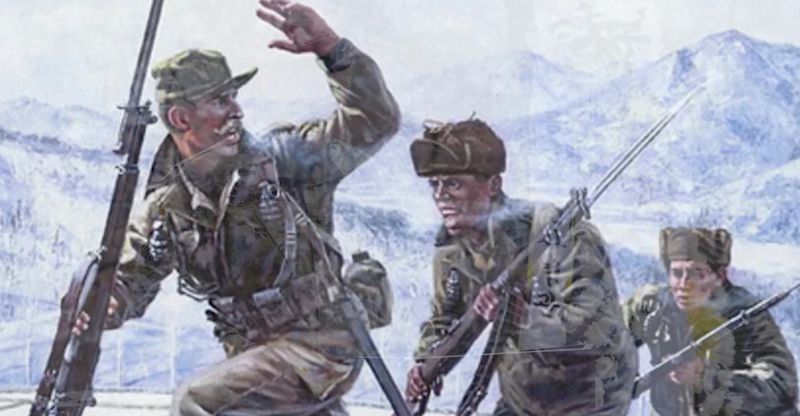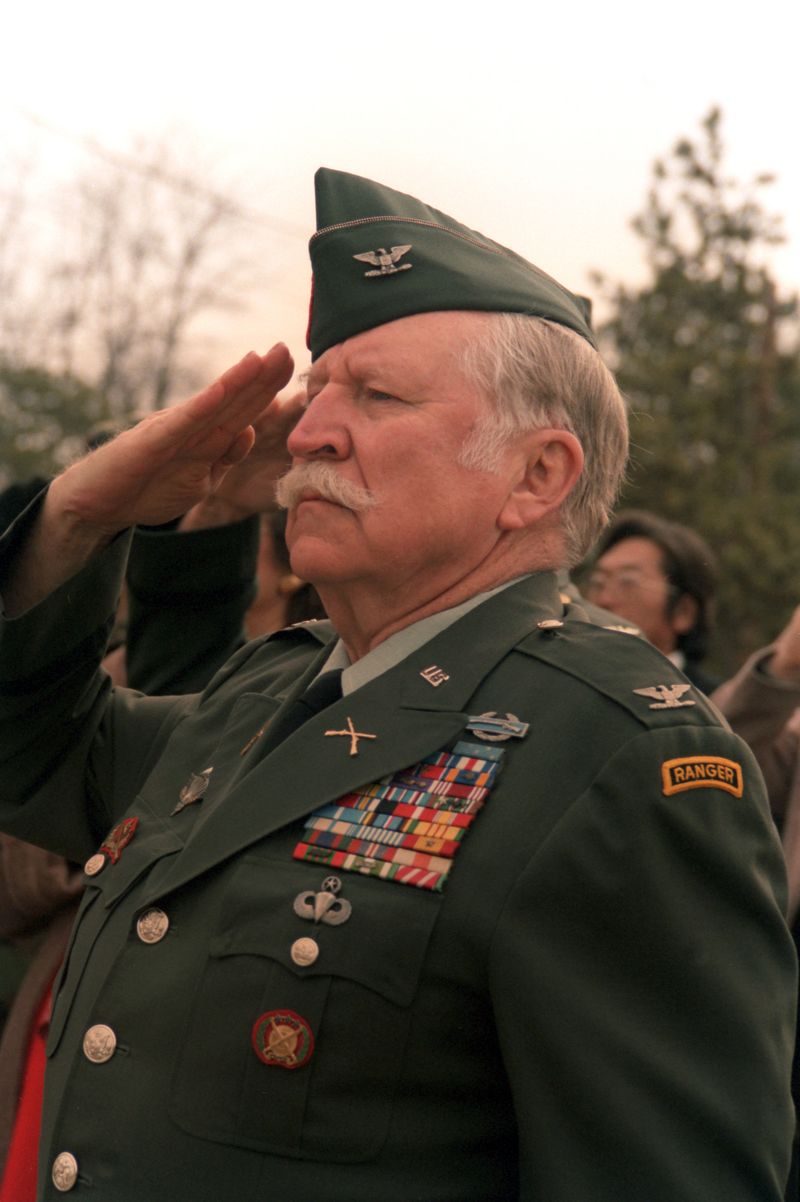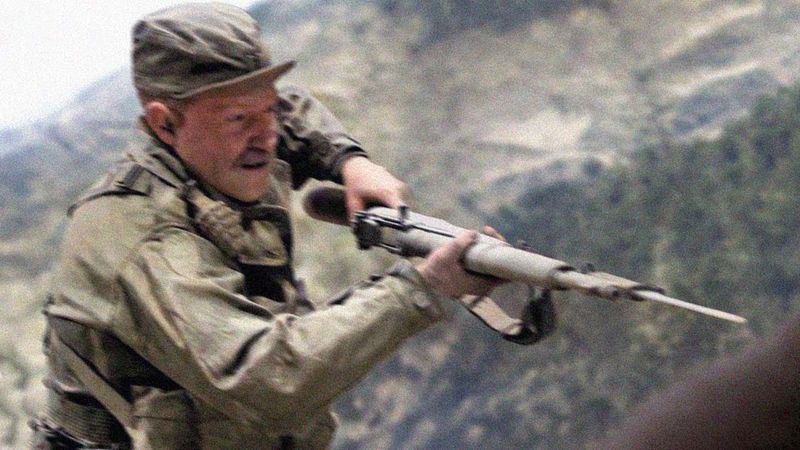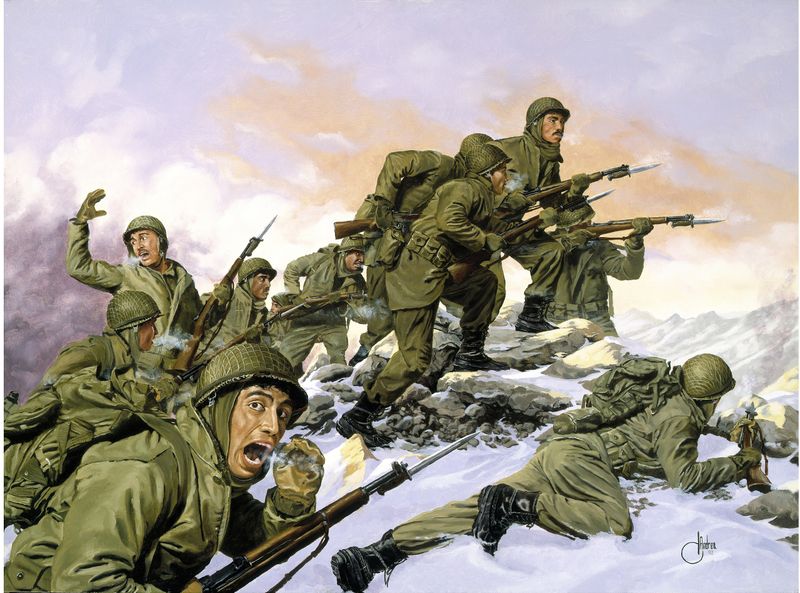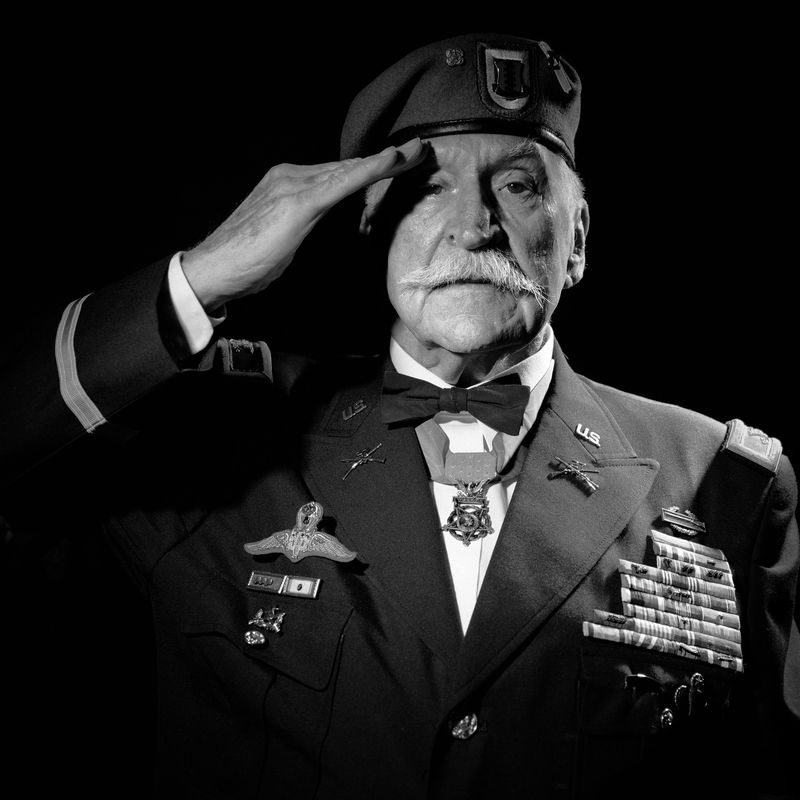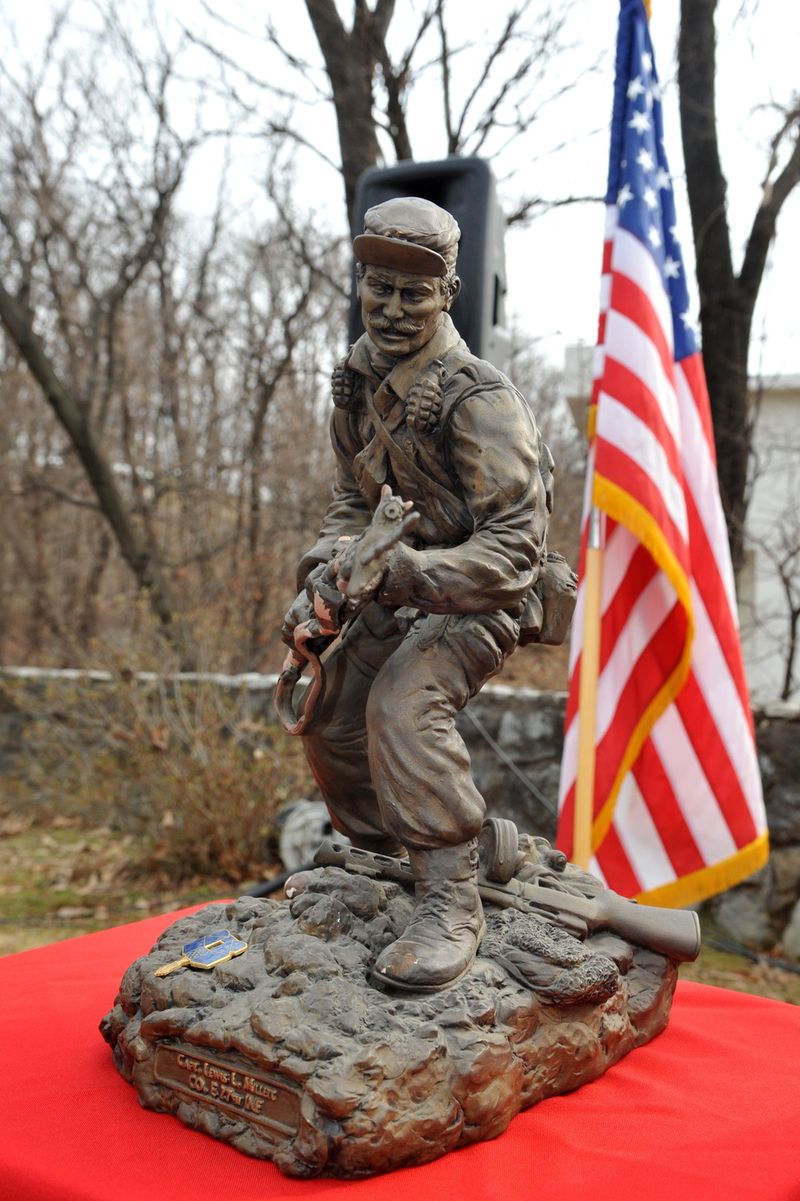By early 1951, the Korean War had become a grinding stalemate of advances and retreats across the peninsula. Chinese and North Korean troops had dug in along key hills and ridgelines, threatening the recapture of Seoul by U.N. forces.
As part of Operation Thunderbolt, American troops were pushing northward. One strategic objective stood in their way: Hill 180, near the city of Anyang.
This otherwise unremarkable hill would become the site of one of the most daring assaults in modern warfare.
1. The Setting: Korean War, February 1951
Imagine the biting cold of a Korean winter in February 1951. The air is thick with tension as U.N. forces prepare for a strategic push northward during the stalemate of the Korean War.
Hill 180 near Anyang stands ominously in the distance, the site of a critical confrontation. Chinese and North Korean troops are dug in, posing a formidable threat. As part of Operation Thunderbolt, American soldiers brace for a challenging assault.
This setting, with its harsh conditions and high stakes, set the stage for a legendary bayonet charge.
2. Easy Company and a Reluctant Hero
Picture Captain Lewis L. Millett, a mustachioed veteran of World War II, leading Easy Company of the 27th Infantry Regiment. Known as the “Wolfhounds,” these soldiers were tasked with an almost impossible mission.
Millett, who joined the Army by going AWOL from the Air Corps to see action sooner, faced a tough decision. Facing entrenched enemy forces, he opted for bravery over caution.
Millett’s leadership and courage inspired his men to follow him into one of the most daring assaults in modern warfare.
3. “Fix bayonets and follow me!”
“Fix bayonets and follow me!” Captain Millett’s command echoed in the freezing air as Easy Company prepared for an uphill charge. The sight of soldiers affixing bayonets in the age of mechanized warfare is both surreal and inspiring.
Facing low ammunition and heavy fire, this bold move aimed to shock the enemy. As they advanced, the sound of metal clashing and shouts of determination filled the air. This bayonet charge wasn’t just tactical; it was a testament to the human spirit’s resilience.
4. The Charge
Amidst the chaos and smoke of battle, Easy Company charged uphill on Hill 180. Through machine-gun fire, grenades, and mortars, these soldiers advanced in a relentless assault.
The clash of bayonets echoed through the trenches as they engaged in brutal close-quarters combat. The shock of the charge broke enemy defenses, and the hill was taken. It was a costly victory, with several soldiers wounded or killed.
Yet, the audacity and grit shown during this charge remains etched in military history.
5. Recognition and Legacy
Captain Millett’s extraordinary leadership on Hill 180 earned him the Medal of Honor. His citation highlights his “conspicuous gallantry and intrepidity.” Although Millett disliked the term “last bayonet charge,” he acknowledged its historical significance.
Hill 180 became known as Bayonet Hill, a symbol of courage and grit. Today, a memorial marker stands there, honoring those who fought with raw determination. Millett’s legacy continues to inspire, reminding us of the human element in warfare.
6. Why It Mattered
The charge at Hill 180 wasn’t just a military maneuver; it was a powerful reminder of the human element in warfare. In an age dominated by technology, this bayonet charge highlighted the importance of sheer willpower and courage.
It was a psychological victory, striking fear into the enemy and boosting American morale. The story of Hill 180 echoes in military academies, serving as a lesson in resilience, leadership, and human spirit. This act of bravery remains a poignant chapter in history.
